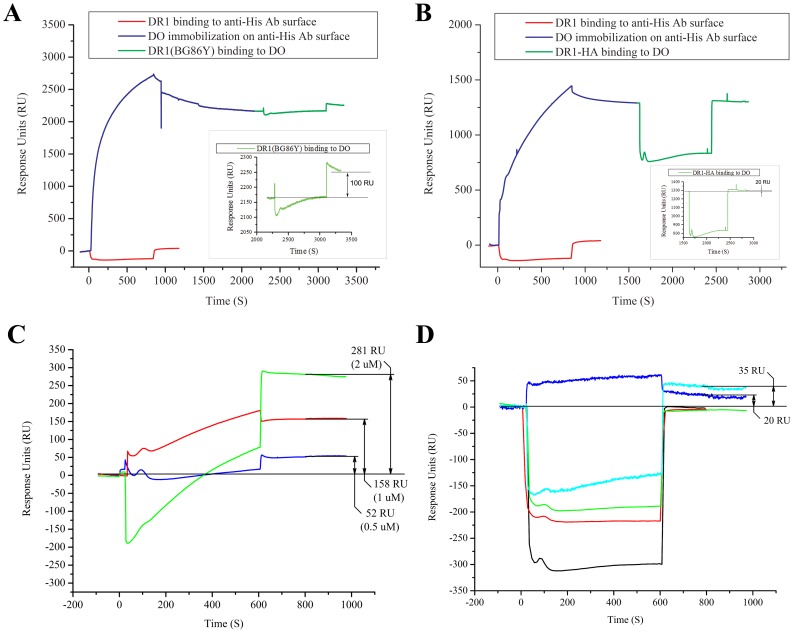Figure 7. HLA-DO interacts with DR1 in a receptive conformation but not a peptide-loaded, compact form.
(A) SPR sensograms of constitutively receptive DR1βG86Y (4µM) binding to DO. Ni-NTA purified DO was immobilized on anti-His antibody coupled chip (blue trace). After a brief wash, DR1βG86Y was injected over the captured DO surface (green trace). An injection of unloaded DR1 over the anti-His antibody surface (red trace) was performed to control for potential nonspecific binding DR1 to the chip surface. (B) SPR sensograms of closed compact DR1/HA(306–318) complex (4µM) binding to DO. Ni-NTA purified DO was immobilized on anti-His antibody coupled chip (blue trace). After a brief wash, DR1/HA(306–318) was injected over the captured DO surface (green trace). An injection of unloaded DR1 over the anti-His antibody surface (red trace) was performed to control for potential nonspecific binding DR1 to the chip surface. (C) DR1βG86Y binding to DM/DO complex molecules. Mags.DO5 purified DM/DO was immobilized on anti-His antibody coupled chip surface to a level of 2000–3000 RU. After a brief wash, DR1βG86Y was injected over the captured DM/DO at concentrations of 0.5 µM (blue trace), 1 µM (red trace), 2 µM (green trace). Before every injection of DR1βG86Y, the DM/DO molecules captured on the surface were regenerated to insure that the surface was not saturated by bound DR1 molecules. The signal of the resulting binding ∼200–300 after the end of the injection is marked on the graph. (D) Binding controls of DR1βG86Y and DR1/HA(306–318) with anti-His antibody, DM/DO and DM surfaces. Following the immobilization of anti-His antibody, 4 µM DR1βG86Y (red trace) and 4 µM DR1/HA(306–318) (black trace) were injected over the immobilized antibody. Upon capturing 2000–3000 RU of DM/DO by the anti-His antibody, 4 µM DR1/HA(306–318) was injected over the DM/DO (green trace). In a separate control, 3000 RU of DM was captured by immobilized anti-FLAG antibody. 4 µM DR1βG86Y (cyan trace), or 4 µM DR1/HA(306–318) (blue trace) was injected over the captured DM. The magnitude of binding was measured at the stability point ∼200–300 seconds after the end of the injection. Data shown are representative of two independent experiments.

